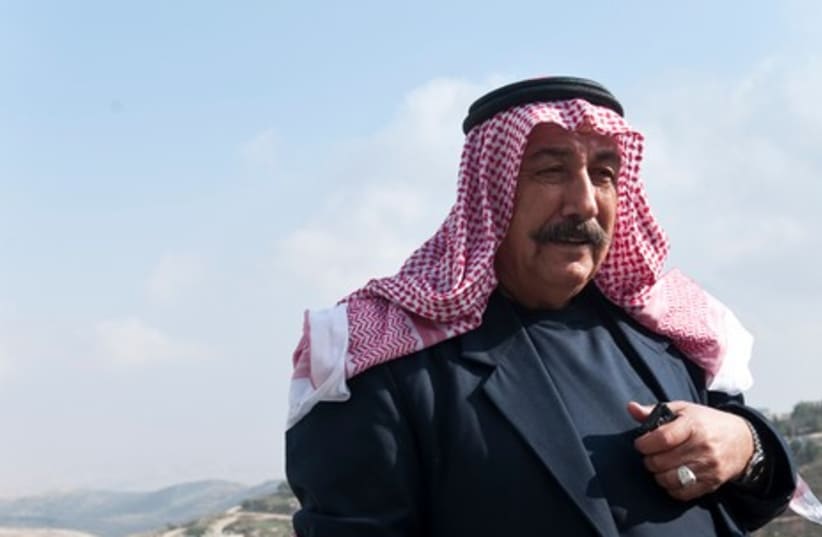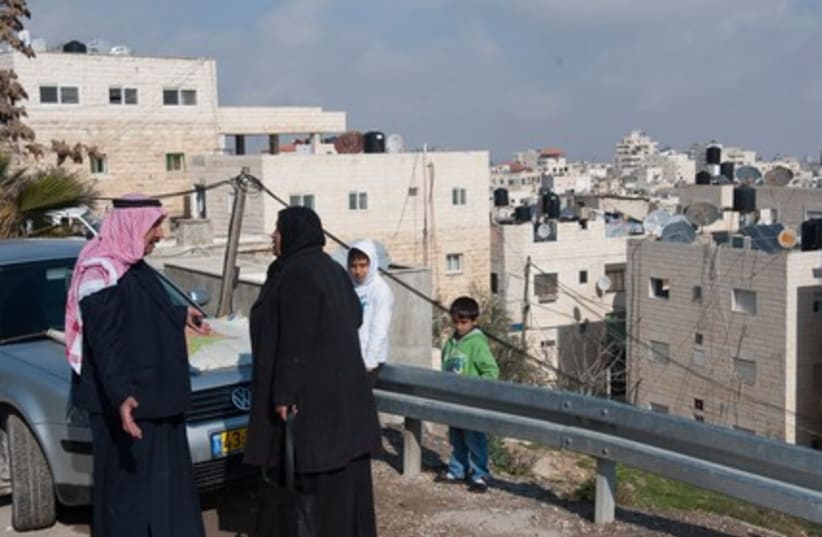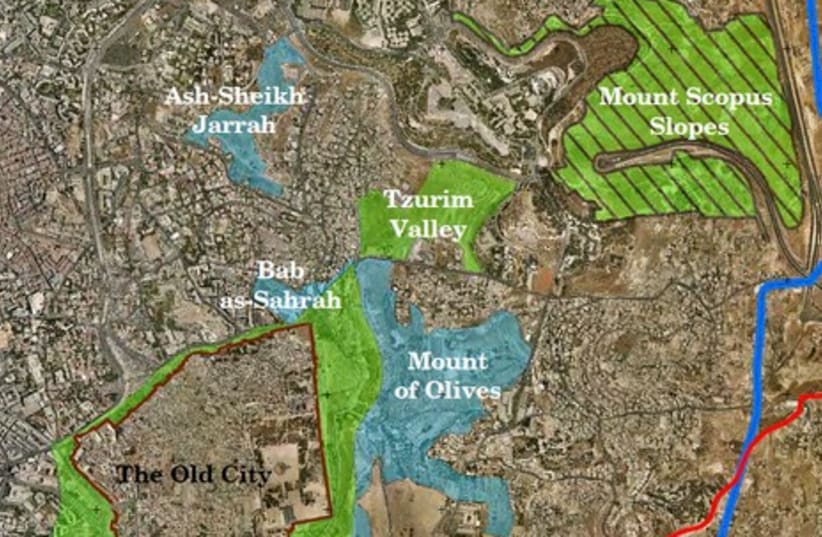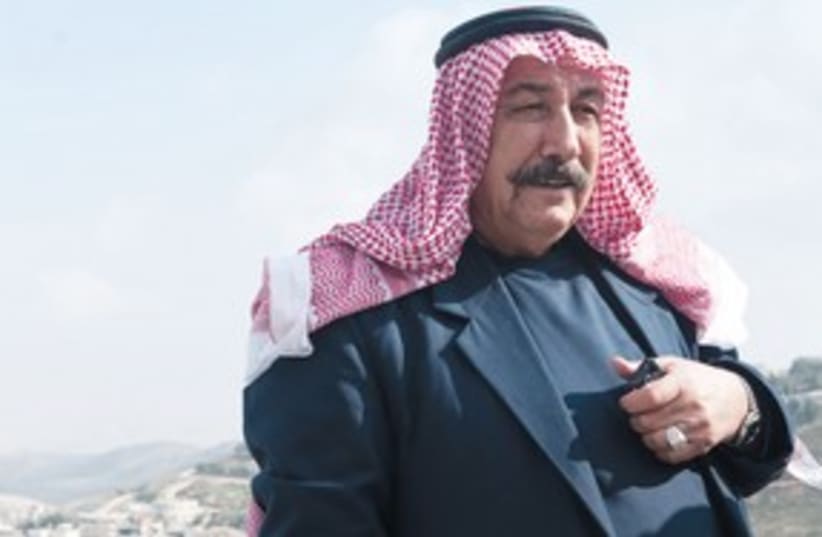The National Parks Authority is creating a politically motivated network of parks in east Jerusalem aimed at stopping expansion of Arab neighborhoods in the area, charged officials at Bimkom: Planners for Planning Rights in a scathing report released this week.





“[In Jerusalem], the National Parks are like green settlements,” said Efrat Cohen-Bar, an architect at Bimkom.“These are areas where the settlers felt they would not be able to develop settlement projects so they tried to make a national park out of it.”
The Jerusalem Development Authority is developing a series of parks in the area surroundingthe Old City in order to encourage tourism and to create miles of bike and walking paths around the Old City. The mostly continuous parks create more than 2,500 dunams (600 acres) of protected green space in the north and east of the Old City.Elad Kandl, the director of the Old City projects at the Jerusalem Development Authority, said creating national parks was the best way to “preserve and protect” the last open areas in east Jerusalem. “We don’t get involved in politics,” Kandl said last month. “When you make it a national park, you keep the status quo, so that you can’t damage the area.”Many of the open areas around Jerusalem have become illegal dumping grounds for construction waste or are neglected and filled with litter. Designating the areas as a national park will not only enable the NPA to clean and rehabilitate the areas, but also to stop illegal construction within park boundaries, Kandl explained.In November 2011, plans for the Slopes of Mount Scopus national park were deposited for review. The 750-dunam park on the eastern flank of Mount Scopus is going through a 60-day period for public comment before it will be discussed by the Interior Ministry’s District Planning and Building Committee.The Slopes of Mount Scopus proposal has touched off a firestorm in the surrounding neighborhoods of a-Tur and Isawiya.“They are preserving green spaces at the expense of development for residents that live there,” said Cohen-Bar.Bimkom started working with residents in Isawiya in 2004 to create an updated master plan for the area that would allow the dense neighborhood to expand legally onto parts of the surrounding land.After the idea for a park in that area was floated in 2005, the residents, supported by Bimkom, entered into negotiations with NPA to try to shrink the area designated for the park. They reached a compromise that allowed them to expand on part of the land and keep part of the land designated open space. Those negotiations were ignored in the current plan for the park.“We were shocked when we found out that the size of the national park is larger than Isawiya,” said Isawiya’s mukhtar, or community leader, Darwish Darwish. “We are not going to be silent,” he said. If the park goes forward, it will have a catastrophic effect on the neighborhood, he said. “We’ll be choked into a small place.”The anger bubbled over when Jerusalem Mayor Nir Barkat visited the neighborhood on Wednesday to dedicate a new post-office distribution center and a new road.“It seems like it’s more important to the city to protect this open area, much more important than helping people, maybe animals are more important than us,” one resident said bitterly at an open meeting with the mayor.“Land for our children is more important to us than roads!” yelled Muhamed Abu Humus as Barkat unveiled a new street sign on Wednesday.The National Parks Authority defended the proposed location of the Slopes of Mount Scopus, which is located on a line that dramatically divides two climate zones: The green trees of Jerusalem and the sparse shrubs of the semi-desert that eventually becomes the Judean desert.“All of the other eastern slopes of Mount Scopus have already gone through urban development, which is why it is important to preserve this open area and protect the view through a national park,” said NPA spokeswoman Osnat Eitan. “It’s important to emphasize that the National Parks Authority is not a political body, and the interest is in preserving the value of nature and landscape.”Avraham Shaked, who sits on the Interior Ministry’s Jerusalem District Committee as an environmental representative, refuted the NPA’s emphasis on the area as an important ecological region.
“This process is definitely a political process,” he said. “Every open area is an important thing.If it’s possible to develop the area for the good of public it’s a positive thing,” he said. “But this is not important as a nature reserve.”The plan is expected to be discussed by the Interior Ministry in three to four months.If it is approved, it could become a park in as little as six months to a year. Bimkom has joined Ir Amim and Emek Shaveh, as well as local the residents’ committees in Isawiya and a-Tur, to file multiple objections to the project.